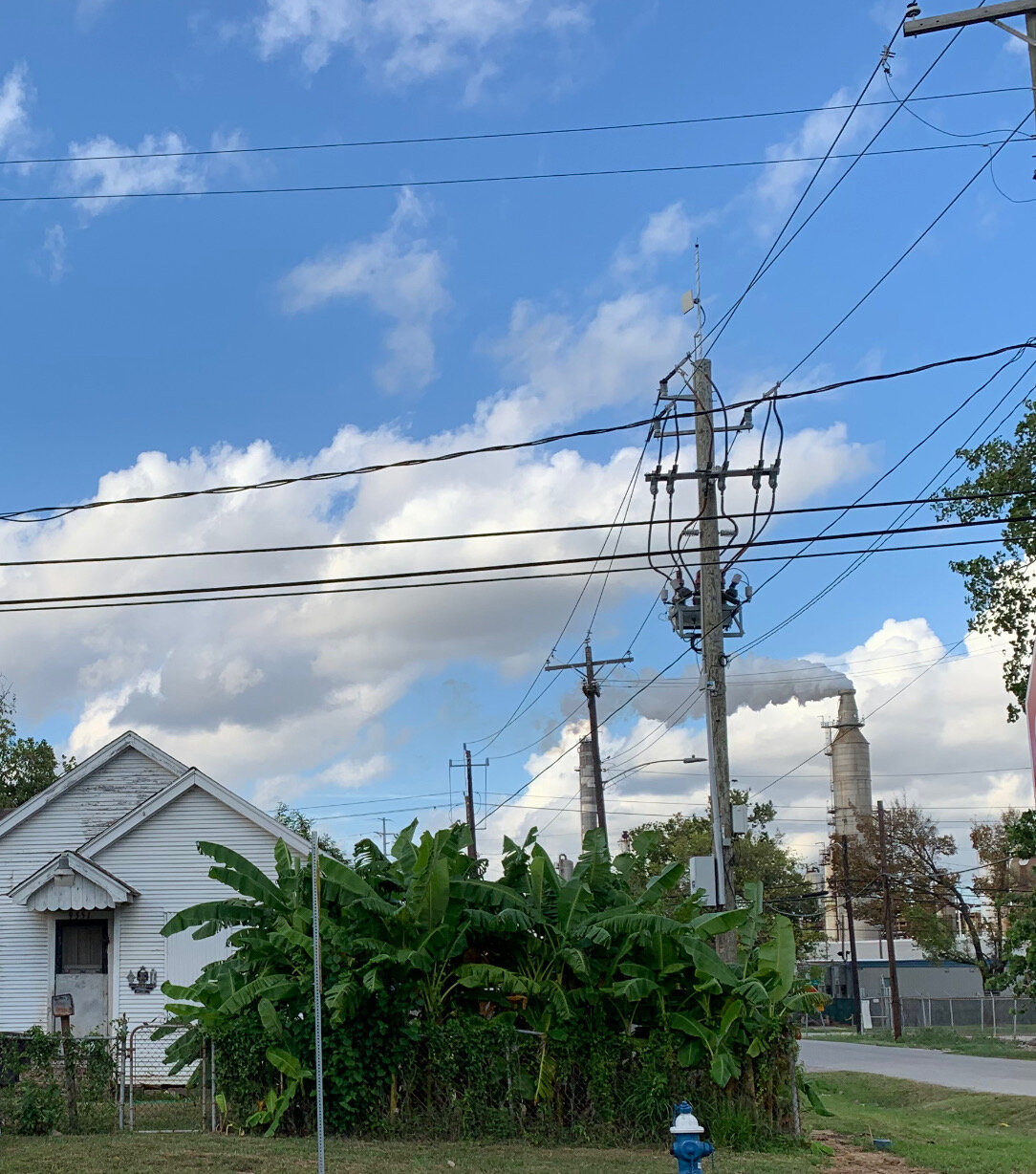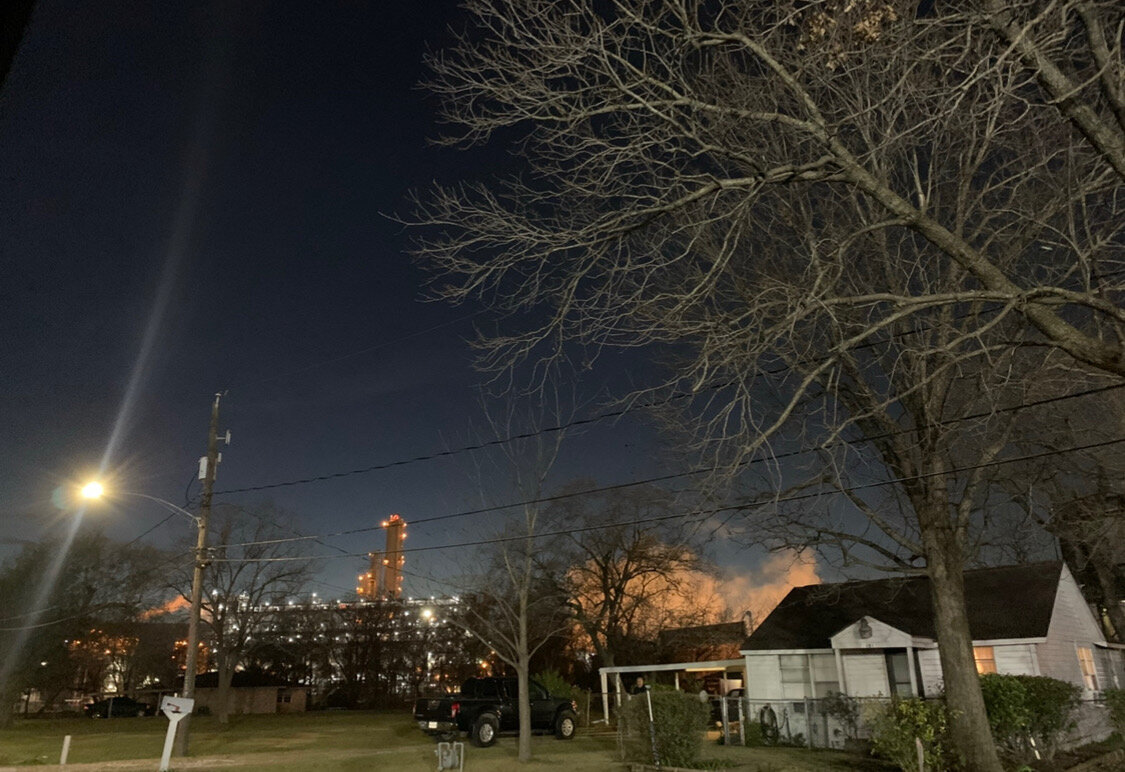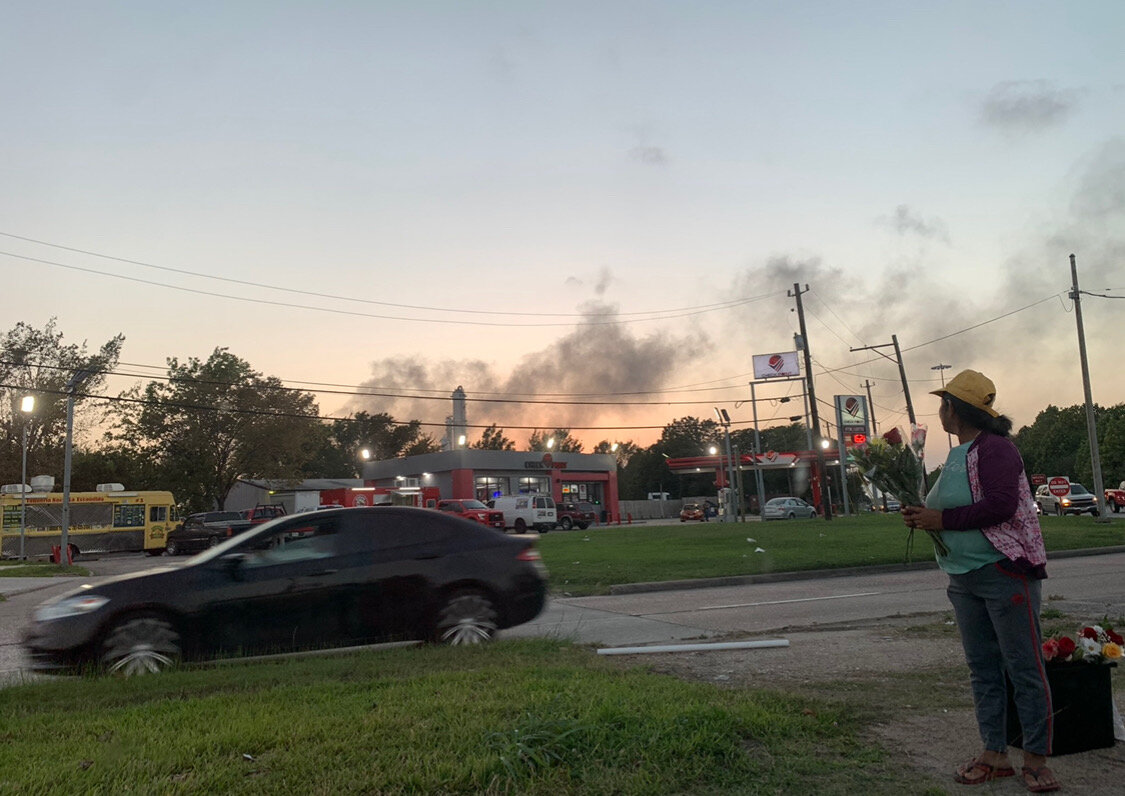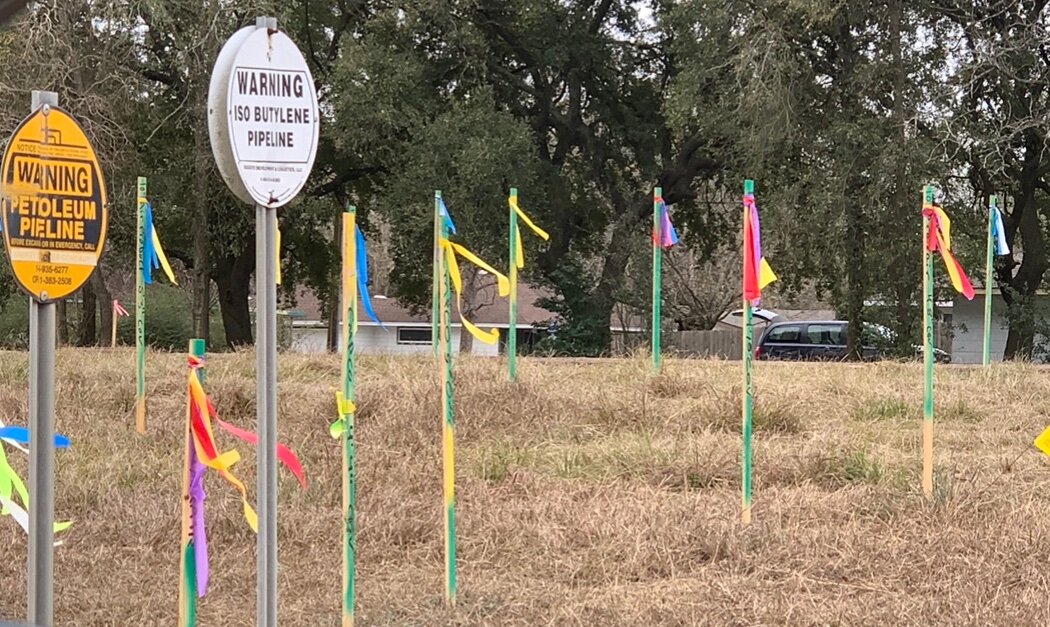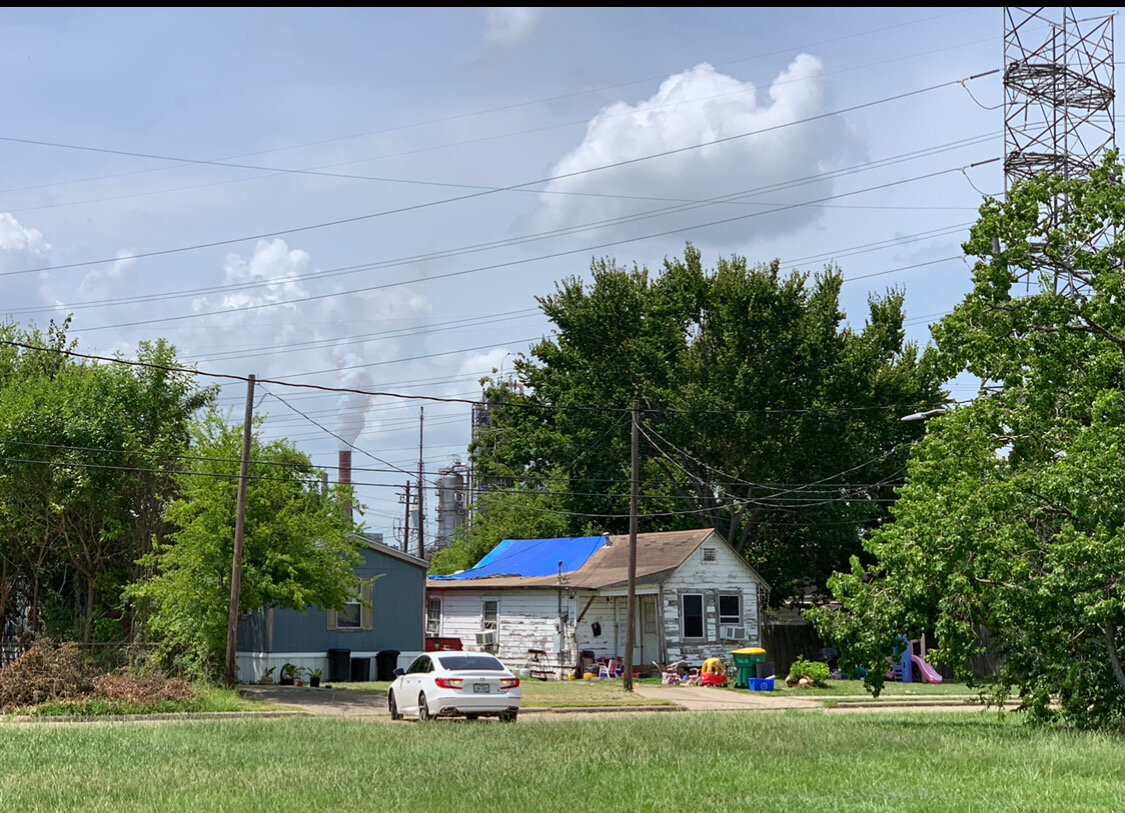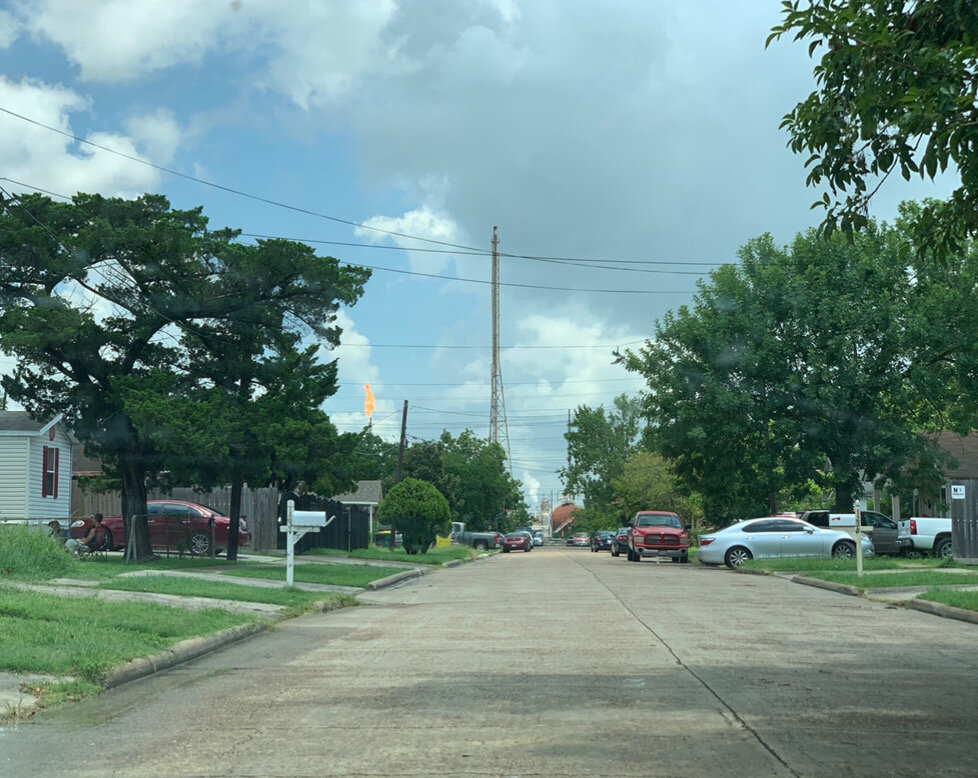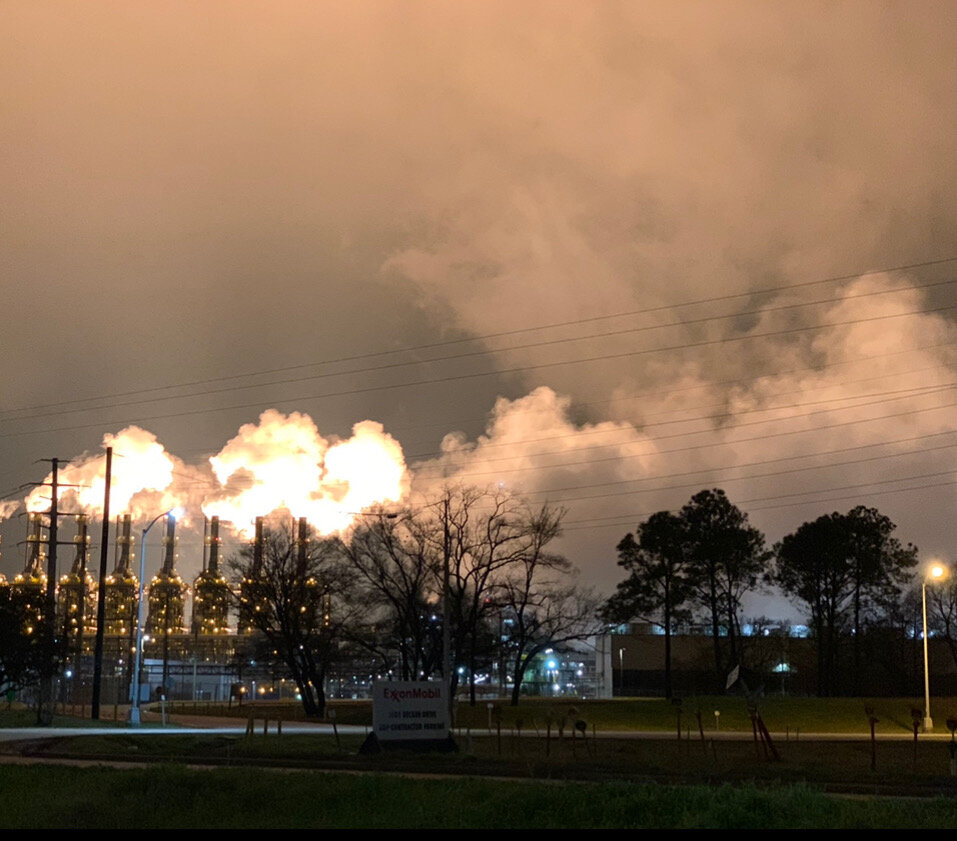Chemical Disasters & Crisis Response
In communities like those found along the Houston Ship Channel, it is completely legal to have schools, daycares, senior centers, parks, and homes along the fenceline of oil, gas, petrochemical, and other hazardous infrastructure. A lack of zoning, red-lining, and lack of enforcement and regulation create these dangerous environments for our communities.
Chemical disasters occur nearly every other day on average. More than 2,291 chemical fires, explosions, or toxic releases occurred from 2004 to 2013 alone, according to EPA.
Nearly half a million people were affected. Over 160,000 people urged EPA to strengthen federal regulations to prevent chemical disasters, including 122 community-based, first-responder, health, labor, and environmental groups.
Houston Ship Channel communities are among the most vulnerable cities in the country to chemical disaster due to the high concentration of industrial chemical facilities in neighborhoods. Disastrous events like explosions, fires and the like can blindside communities and advocates which is why we believe in sharing best practices with partners in and outside of Texas.
As an environmental justice organization, we share lessons learned, guide partners through crisis response, and repositories of vital information. We host and participate in webinars to educate community members and advocates on what to do in the event of a worst-case scenario.



